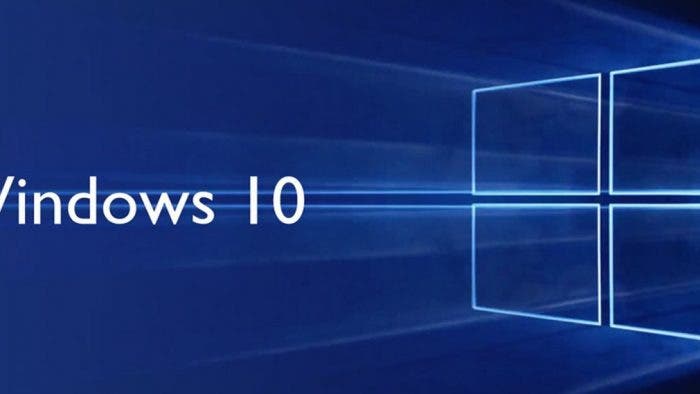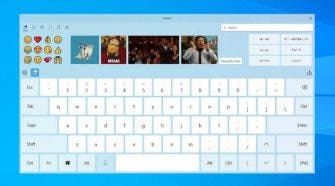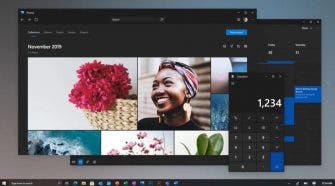Microsoft left the multiple Windows versions strategy and determined that Windows 10 will be the final update to the operating system. Since then, the company has been rolling out incremental updates for the OS with new features and improvements. Sometimes, the company changes some of the aspects of the OS. In the end, Windows 10 is an OS that is constantly evolving and changing to fit modern needs. While the company already rolled out a set of updates with improvements and features, the UI still brings the same core aspect. According to a new report, Microsoft is reportedly planning on bringing a major update dubbed “Cobalt” by the next year. It will change some of the core applications like Start Menu, File Explorer and others.
Windows 10 “Cobalt” update will introduce a design overhaul
This new promising update bears the Sun Balley codenamed and will arrive as part of the 2021 Windows “Cobalt” release. It will likely be revealed during the summer of 2021 and will hit computers during next year’s holiday season. As per the report, the new update will bring the biggest yet design refresh for Windows 10. It will bring the biggest design changes since the introduction of Windows 10. Many of the top-level applications like the Action Center, File Explorer, Start Menu will be getting design refreshes.
Apparently, the company wants to make them similar to the Windows 10X experience. It includes an improved UI for the File Explorer. We have to say that all those years, it’s weird to see some applications that still carry the design of Windows 8. The new upcoming update will also bring improvements to the tablet experience. The company will work to ensure a smooth experience with easier controls with a touch response. The company will also bring Dark Mode for more of the legacy apps.
Unfortunately, there is still no official release date announced for the updates. Moreover, we suggest you not hold your breath. Microsoft is always changing its plans or delaying releases. The Windows 10X, for instance, was rumored to come as a dual-display centric OS. Now, the company will focus on single-screen devices and will focus on a lightweight experience without support for Win32 apps. That said, there’s no guarantee that all those promising changes will eventually reach the OS by the next year.
Follow Gizchina.com on Google News for news and updates in the technology sector.








